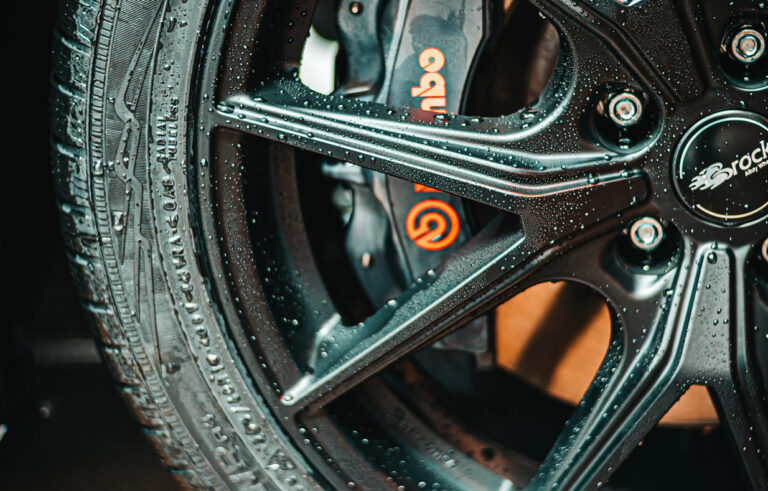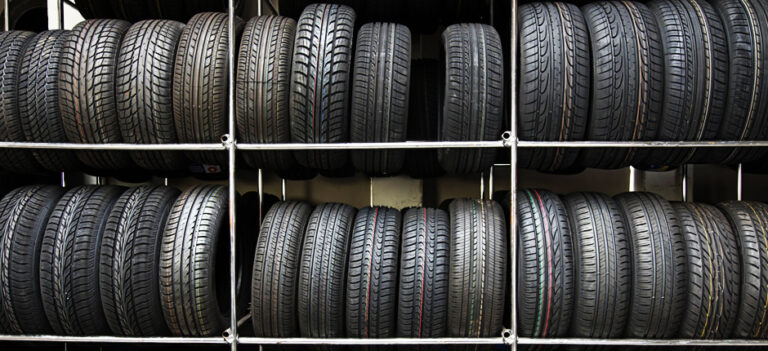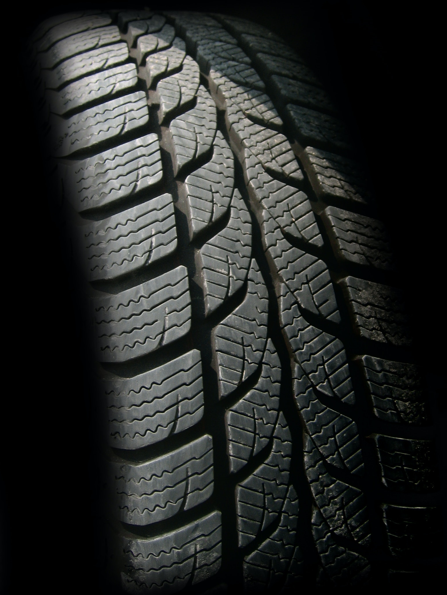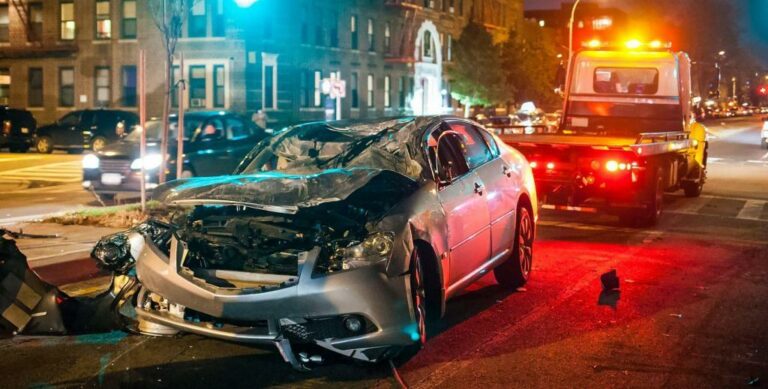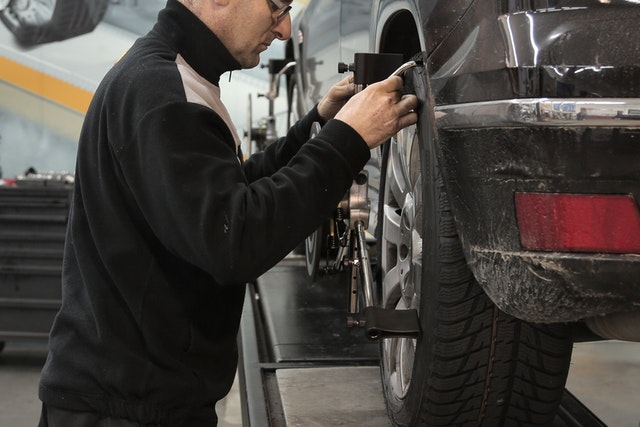Relying on brakes alone in an emergency is not enough. There are many factors that come into play to ensure safe braking and maintain control of the car in an emergency, explains Chris Lett, veteran tyre expert and owner of Branigans Budget Tyres. The reaction time of the driver, the speed of the vehicle, the traction of the wheels on the road, the type of braking system being used as well as the conditions of parts like shocks and tyres, all impact on the ability to keep control when having to brake suddenly, and the safety of doing so.
“Becoming familiar with the vehicle, and its braking distance by calculating stopping distances, will provide the driver with knowledge and experience that’s crucial when it comes to quick and safe reactions on the road,” says Lett. “This is a key factor to safe braking.”
He said it was also important to be aware of the importance of tyres when it comes to braking: “The brakes do not stop the car. They stop the wheels from turning, but it is the tyres’ grip on the road and the traction healthy tyres provide that brings the car to a halt.”
Reaction, Braking Time and Speed affect Stopping Time
The average person’s reaction time is estimated at 1.5/2 seconds, and that of older and less experienced drivers averages at 2.5 seconds. This difference already affects the time it takes to stop., at 50km/hour it will be 21m and that distance will lengthen considerably the higher the speed at which the car is travelling.
“Added to reaction time is braking time,” explains Lett. “From the point of pushing the brake pedal, the braking distance is averaged at 4m for 10km/h. To work out what the stopping distance would be, take a medium sized car that is travelling at a speed of 60km/h on a dry road and it will have a reaction distance of 25m. Add 20m for the braking distance and the total stopping distance is 45m. At 100km/h the reaction distance is 42m, braking distance 56m and stopping distance is 98m.
On a wet road at 60km/h the reaction distance remains 25m, but the braking distance increases to 29m and the total stopping distance becomes 54m. At 100km/h, the reaction distance remains 42m, the braking distance increases to 80mm and the total stopping distance is 122m. This makes it extremely important to follow the rule of safe travelling distances between vehicles.”
Factors influencing braking distance
“Worn, under or over inflated tyres cause a loss of grip on the road and regardless of the quality of brakes, could cause the driver to lose control, and the vehicle to slide,” cautions Lett. “This makes it extremely important to constantly maintain the tyres, and replace them when necessary.”
Other factors are worn braking, suspension systems, and worn shock absorbers and springs which could change the vehicle’s centre of gravity and tilt the weight of the vehicle onto the front wheels, so causing lack of control of the vehicle when braking sharply. Distractions and road conditions also play a role in affecting the driver’s ability to respond quickly and safely.”
For further information, visit or call Chris and his team for Second Hand Tyres Gold Coast |Branigans Budget Tyres at the Service Centres at either Burleigh Heads (07) 5535 2660 or Southport (07) 5591 8633.
Syndicated by Baxton Media, The Market Influencers, Your Digital Marketing Agency.



